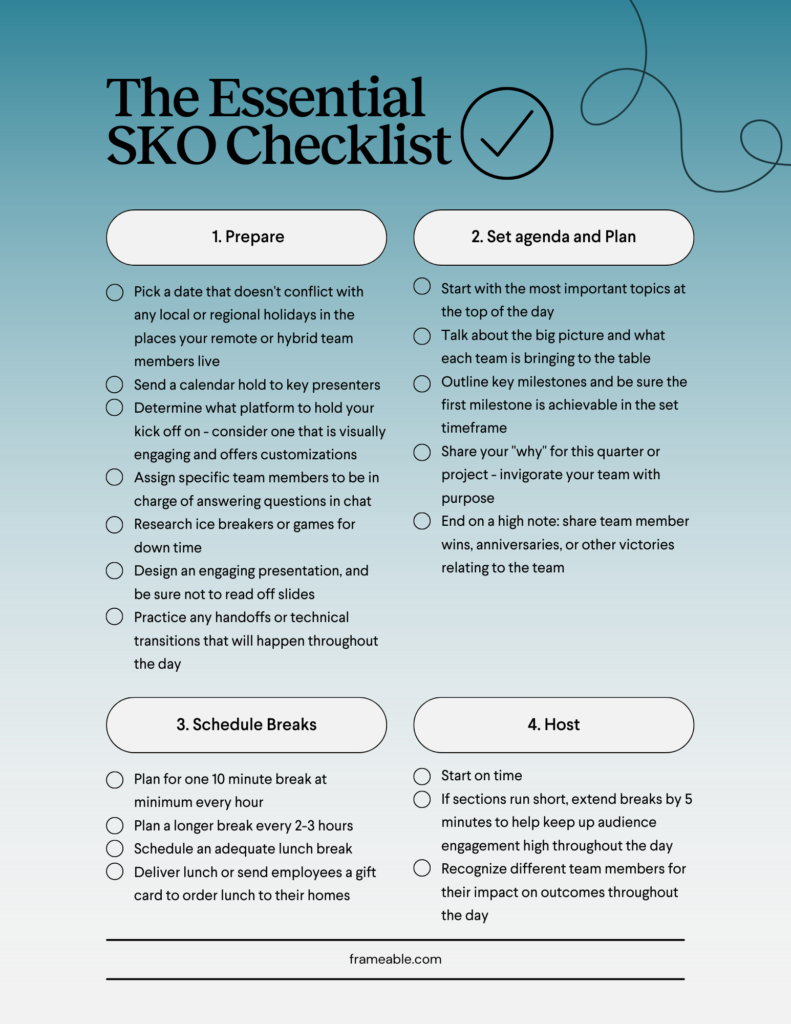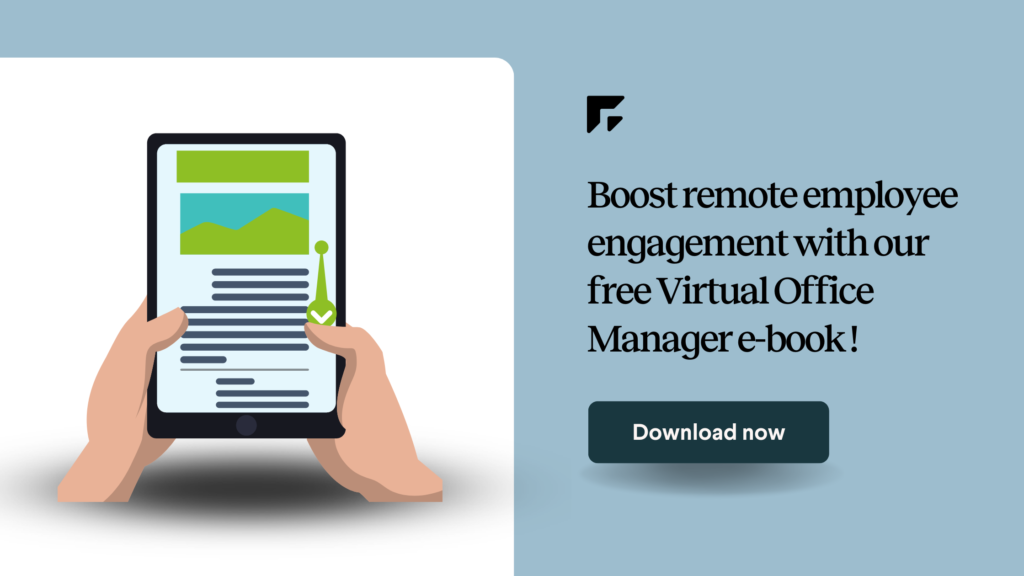This article originally appeared on Fast Company.
Companies are increasingly mandating a return to office-based work, with many leaders claiming that it’s too difficult to foster collaboration and build a strong culture remotely.
Given that 53.9% of employees want to work from home three or more days per week, forcing them back to the office will do little to solve the cultural challenges you may be facing. Further, Gallup polls suggest that in-person interactions alone are not enough to spark collaboration—the key is how leaders consciously build a culture in their distinct settings.
My highly collaborative company has been fully remote for more than five years, so I know firsthand that it is possible to build a unified, engaged team with a strong culture. Here are my not-so-secret ways how to do it.
Enabling An Employee-Led Culture, Remotely
Your company culture will develop whether you mold it or not. It’s best to take an active role in shaping that experience.
Many teams stumbled in the initial transition to remote work because they thought their tried-and-true culture playbooks would still apply. They don’t. But we now have a much deeper understanding of how to keep remote workers happy and connected to their teams.
Specifically, the below areas are most critical for building a resilient culture that encourages collaboration and innovation.
Establish and Communicate Clear values
Your employees need to understand why your company exists and the values that you live by. Job seekers—especially in younger generations—want to work for companies with a clear purpose and values that align with theirs.
Document your company mission and values, then detail how your team can reflect them in their work using clear examples with do’s and don’ts. Although explaining your values in this much detail may feel overly formal, it will help new and prospective employees quickly embed themselves within your culture (or decide that your company isn’t the best for them, which is also okay).
Companies should include one value around lifelong learning, as it is essential for building a culture of innovation. Create a digital skills roadmap and rework your roles and responsibilities if needed so your workers can excel in their current career paths and continually build the skills your company needs to be future-ready.
Foster Communication and Collaboration
Building a truly collaborative culture requires more than starting a company Slack channel and leaving the rest to your team to figure it out. Consciously create programs and spaces for your team to connect, including team members who do not overlap in day-to-day work. Several strategies I’ve seen work include:
• Virtual Mentoring Programs: Pair established employees with new hires in a formal mentoring program, and encourage them to share guidance, feedback, and support regularly.
• Lunch-and-Learn Sessions: Host monthly training sessions during lunch for your team to learn new concepts and connect. Start each session with a short activity to spark engagement.ADVERTISEMENT
• Virtual Water Coolers: Create dedicated channels for employees to discuss non-work topics and encourage them to use those channels during the day.
Each of the above ideas will require time and money to implement. But don’t view this as an expense—it is a necessary investment in your team’s cohesiveness.
Create Opportunities for Social Interaction in Real Life
With a solid set of digital collaboration tools and spaces, your team should be able to excel in a remote setting. That said, you should also encourage team members to meet in real life when possible.
My company brings everyone together twice a year for an offsite in a different location across the country. The key is that we spend that time on social activities that help our team get to know each other as people—not trap everyone in a room and discuss growth metrics and financial goals.
Another way to encourage in-person connection is to allocate a budget to allow employees who are close in proximity to meet up for a monthly lunch. Consider renting a company coworking space if you have several team members who live close to each other.
Recognize and Reward Employees Publicly
One of the most accessible areas to invest in is employee recognition. Your team members need support and encouragement when they exemplify your values and drive meaningful results (monetary or otherwise).
Recognize and celebrate accomplishments in your team communication channels, such as your instant messaging platform and email. In addition, it can be valuable to adopt an employee engagement and feedback platform.
Using an employee engagement or feedback platform can help track your employees’ successes. You should also create communication channels for team members to nominate each other. At a minimum, every people manager should regularly celebrate their direct reports and provide occasional rewards to encourage good behavior.
You Build Your Company Culture One Day At A Time
Building a great remote company culture is possible—you don’t need the confines of an office or cubicle walls to encourage transparency, collaboration, and innovation.
Agree on your company basics and clearly explain who you are and what you do. Next, document how an ideal employee will reflect those values in their work. Finally, create systems of ongoing feedback to monitor your employee engagement and identify new areas to invest in.
While there is no perfect company culture, teams can work each day to create a better environment where everyone can thrive—regardless of where they choose to work.





















